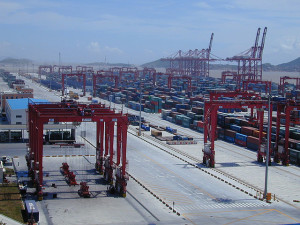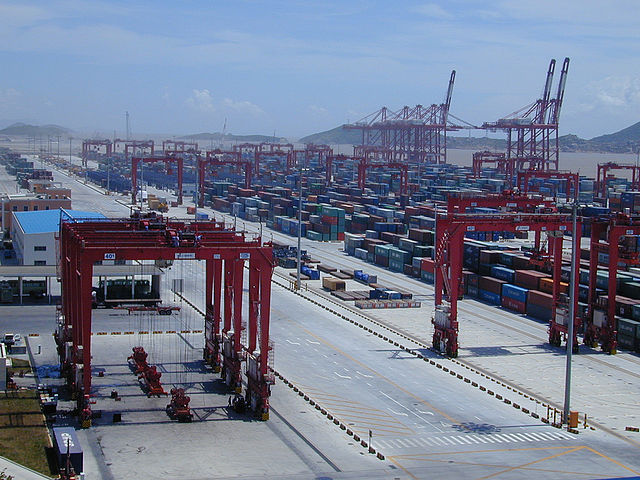 The logistics industry is not quite happy about prospects in the next six months, particularly for airfreight, according to Transport Intelligence’s (Ti) “Logistics Confidence Index” results for July.
The logistics industry is not quite happy about prospects in the next six months, particularly for airfreight, according to Transport Intelligence’s (Ti) “Logistics Confidence Index” results for July.
The index slipped for a second consecutive month to 56.4 in July. While it is still higher than confidence levels in the same periods for 2013 and 2014, concerns over what the six-month outlook may bring appear to be weighing on the market.
The uncertainty derives mostly from the perceived easing of demand and decline in export orders, as well as from the ongoing drama between Greece and the Eurozone, said Ti, a research and analysis service provider for the global logistics industry.
However, while the six-month outlook may have dimmed, the industry in general has been positive about the overall present situation, and in fact gained 1.8 points from June to 53.7 in July. The gain was led by sea freight, up 3.9 points to 50.7, the first time it is above the neutral 50 since April.
For airfreight, though, confidence in the present situation slipped 0.2 points, with slowing tonnage growth one of the reasons for apprehensions in this segment, said the index. The index pointed to the International Air Transport Association’s (IATA) latest airfreight data for May, in which IATA said that volume growth for the month reached only 2.1% year-over-year—the slowest yet for this year.
This slip in confidence was due to the Europe-Asia lanes. Europe to Asia declined 3.4 points to 55.6 while Asia to Europe fell 0.9 points to 51.9, said the index.
Meanwhile, the Europe-U.S. lanes recorded positive present gains. Europe to U.S. increased 2.2 points to 63.4 and after three months of contraction, the U.S. to Europe lane gained 1.8 points to 50.7.
The six-month outlook for airfreight fell 3.1 points, dragged down by worries over a Greek exit from the EU combined with ongoing sluggish economic growth. As a result, all trade lanes noted declines with Europe to Asia and Asia to Europe each falling 3.7 points to 59.5 and 62.7, respectively. Europe to U.S. declined 3.2 points to 61.3 and US to Europe slipped 1.2 points to 58.2.
As for sea freight, confidence in the present situation is more palpable, jumping 3.9 points to 50.7 and snapping a two-month contraction period. While still below 2014 figures, the present situation is 1.8 points higher than July 2013.
All lanes recorded good growth with Europe-Asia lanes moving above the 50-level. Europe to Asia increased 2 points to 50.1 after a three-month contraction and Asia to Europe climbed 5.5 points to 53 after a two-month contraction. Improvements on the U.S. lanes were also evident with Europe to U.S. up 1.6 points to 53.9 and U.S. to Europe leaping 6.1 points to 44.8.
The outlook over the next six months, on the other hand, has gone down by 2.2 points. All lanes declined with Europe to Asia declining the most at 4.4 points to 58.9. Asia to Europe declined 1.4 points to 61.4 and Europe to U.S. and U.S. to Europe each declined 1.5 points to 61.5 and 54.1, respectively.
Meanwhile, Ti asked logistics players the percentage of revenue derived from forwarding, customs clearance, and consulting/trade management activities.
“Interesting, but not surprising results were recorded with nearly 30% of respondents indicating they generated more than 50% of such revenue from forwarding activities, while 56.9% and 57.6% gain just 0-5% from customs and consulting services respectively,” said the report.
Photo: Alex Needham





